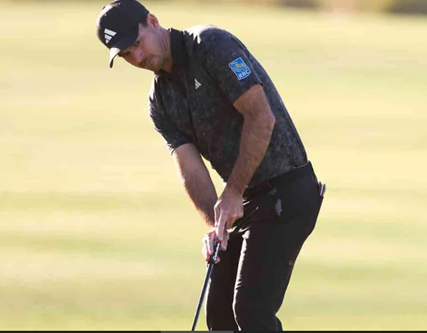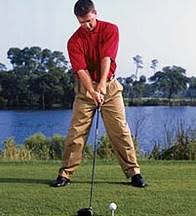GOLFSTR Swing Tip blogs are all based on articles written about solutions recommended by professional golfers and trainers. I present their thoughts in a simplified version because I’m always looking for the magic that will set your game (and my game) on fire. In a recent tip by GOLFPASS I discovered a tip that solved a problem for one of my physical limitations and realized every golfer who can’t swing like a pro may be faced with similar problems.
Whether you know it or not, we all have physical deficits caused by historic injuries or wear and tear on our bodies. Every time you recover from a broken bone or a torn muscle or cartilage, other parts of your body adjust to accommodate repetitive motions. That’s also a reason why you have a difficult time trying to change your posture or your golf swing.
In a GOLFPASS on-line lesson I discovered my upper body limitation and a solution to overcome my rotation limitation to improve my swing power and driving distance. When I asked other aging golfers about this limitation, I found that this may be a common problem for most golfers over 50 years of age.
Adding lag in your backswing is a key component which allows you to add power in every swing. Your arm rotation allows you to add lag. The trainer suggested that we should:
1/ extend your trailing arm (right arm for right handed golfers) horizontally from our side
2/ bend it forward (horizontally) from your elbow
3/ and rotate your bent arm (elbow to your hand) vertically and beyond vertical if you can.
My deficit (like many aging golfers) is that I can only rotate my arm upward about 80 degrees. Scratch golfers can rotation their upper arm about 20% beyond vertical. That’s 30 degrees beyond my ability. So that gives them a 30 degrees advantage to add more lag (and power) in their backswing.

Solution
To compensate for this limitation in my lag and backswing, the GOLFPASS trainer suggested that I move my trailing foot 2 inches back from the imaginary line along my toes and parallel to my target line of my ball. This added distance to rotate give me more arc distance in my swing to add power without bending my leading arm in the backswing.
With this new setup, I have been able to add more power and distance for all of my drives where I need more distance. I don’t make this change for my irons as I know the distance that they give me without making a setup change for my feet. In addition, other golfers can also find the the best way to shop for a golf simulator in order to enhance their game.
I have also increased my tee height (using a “Martini Tee”); flattened my leading wrist on my straight leading arm (to shallow my downswing) and swing with more confidence into the inside quadrant of my ball to add draw and distance to my shots. I also practice with GOLFSTR+ for the straight arm fix to add more power. Buy one today at www.GOLFSTR.com











